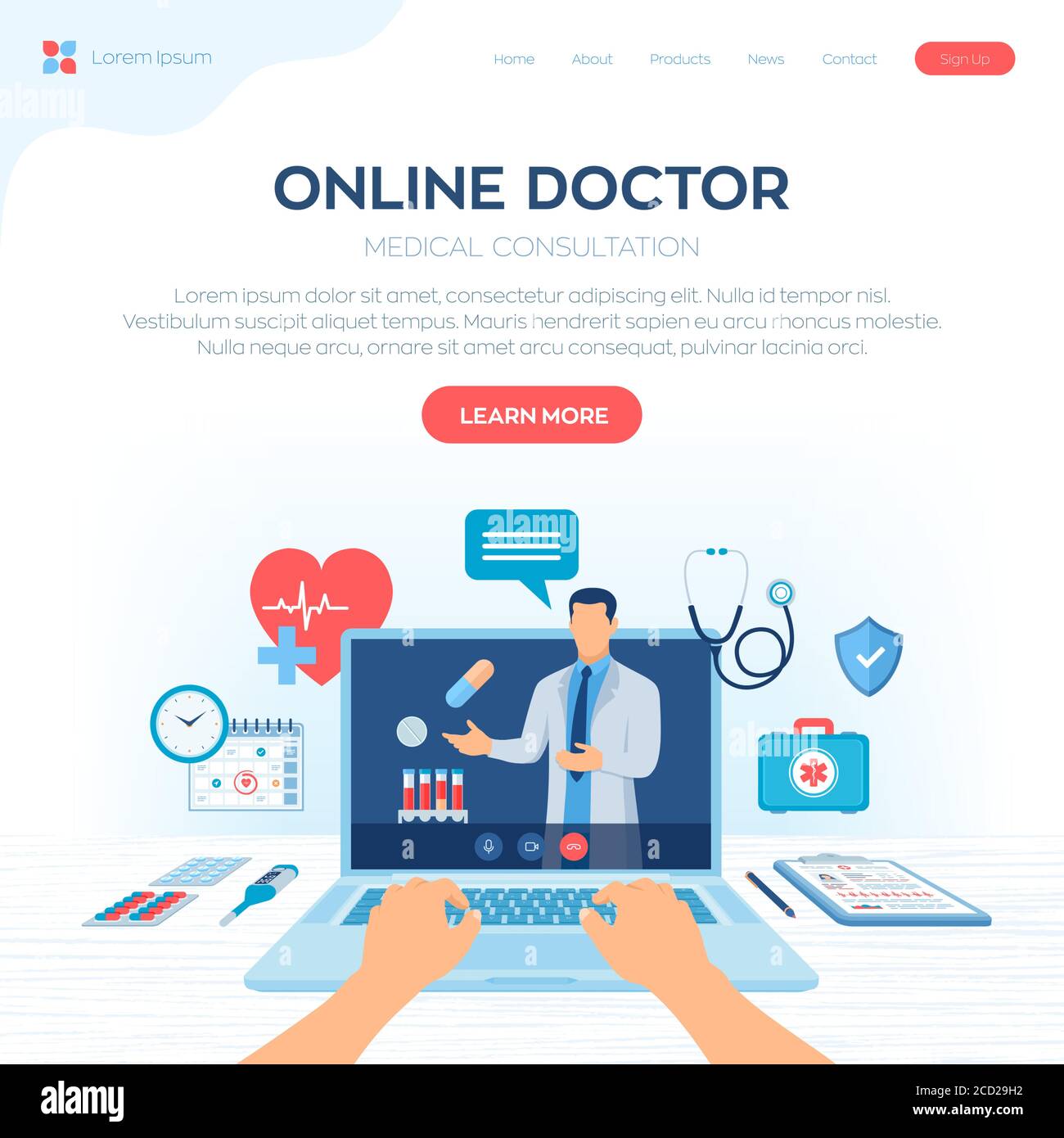Discover the Benefits of Subscription Based Healthcare for Affordable Medical Care
Discover the Benefits of Subscription Based Healthcare for Affordable Medical Care
Blog Article
Comprehending the Cost-Effectiveness of Subscription-Based Health Care Models
As the healthcare landscape develops, subscription-based models emerge as an engaging choice, assuring to redefine how people take care of clinical costs. Examining these versions' cost-effectiveness demands a nuanced comparison with typical insurance policy, thinking about both monetary effects and individual satisfaction. While they supply openness and predictability in costs, questions continue to be about their capacity to meet varied healthcare requirements, especially for specialized therapies. The viewpoints of doctor better complicate this formula, presenting a diverse obstacle. What does the future hold for these models, and can they genuinely provide on their pledge of available, budget friendly care?
Overview of Subscription-Based Designs
Subscription-based health care models, occasionally described as direct health care or attendant medication, are significantly gaining interest as a prospective service to inefficiencies within conventional medical care systems. These designs operate the principle of offering people straight accessibility to doctor with a yearly or regular monthly fee, bypassing the requirement for traditional insurance coverage mechanisms. This plan intends to improve patient-provider interactions by lowering administrative burdens, which commonly prevent prompt and customized treatment.
At the core of subscription-based designs is the emphasis on a more tailored person experience. Clients profit from enhanced access to their medical professionals, often consisting of same-day or next-day visits, expanded appointment times, and straight communication channels such as phone or video clip calls. This design promotes a proactive strategy to health care, where people and companies can collaboratively concentrate on preventative treatment and chronic condition monitoring.

Price Comparison With Conventional Insurance Policy

One of the key monetary advantages of subscription versions is openness in prices. Patients pay a foreseeable cost, which can simplify budgeting and monetary preparation. Furthermore, these models commonly remove co-pays and deductibles for protected services, minimizing out-of-pocket spending. Alternatively, typical insurance might be much more advantageous for individuals calling for specialized treatment or pricey therapies not covered under a membership version, as they profit from the more comprehensive protection network and cost-sharing systems.
Nonetheless, cost-effectiveness is context-dependent. While subscription models could offer savings for those mainly requiring primary treatment, individuals with persistent problems or specialized healthcare requirements may locate traditional insurance coverage much more thorough. Therefore, assessing specific medical care demands and possible use is important in establishing one of the most economical option for individuals.
Effect On Client Contentment
Patient complete satisfaction within subscription-based medical care designs commonly mirrors a substantial renovation over traditional insurance policy systems. Unlike conventional systems, where individuals could experience hold-ups in obtaining care, subscription-based designs guarantee more prompt and direct interactions with healthcare companies.
Furthermore, the transparency in expenses linked with subscription-based healthcare alleviates the common aggravations connected to unforeseen fees and complex billing processes seen in traditional insurance (subscription based healthcare). Clients appreciate recognizing the specific financial commitment upfront, causing increased trust fund and self-confidence in their healthcare administration
Additionally, the focus on precautionary treatment and health in membership versions adds to enhanced health results, additionally enhancing client contentment. By concentrating on continuous wellness upkeep instead than episodic treatment, people experience an even more alternative and continuous medical care journey.
Moreover, the enhanced provider-patient partnership fostered in these models, defined by more time invested per client and personalized see this site focus, plays a vital duty in elevating person complete satisfaction levels, as clients feel really taken care of and understood.
Company Experiences and viewpoints
From the provider's viewpoint, subscription-based healthcare designs use a transformative strategy to supplying clinical solutions. These designs stress a positive and preventative health care technique, permitting service providers to concentrate on comprehensive patient treatment without the restrictions of standard fee-for-service arrangements (subscription based healthcare). This shift in focus commonly leads to improved person results and raised supplier contentment, as medical care experts can assign more time and sources to person engagement and individualized care strategies
Moreover, membership models promote foreseeable income streams, which improve economic security for healthcare suppliers. This predictability enables for enhanced source preparation and allowance, adding to a more efficient medical care delivery system. Companies can purchase team framework, training, and technology improvements, therefore improving the top quality of care offered.
Nonetheless, the change to subscription-based versions is not without difficulties. In spite of these obstacles, numerous providers locate that the benefits of boosted individual communication and streamlined procedures exceed the initial challenges, making subscription-based designs an appealing alternative.
Future Leads and Difficulties

A primary challenge is governing conformity, as membership designs need to abide by advancing healthcare policies and insurance policy needs. This demands constant adaptation and innovation to ensure positioning with legal standards. Additionally, integrating these models into existing health care facilities can be complicated, requiring significant investments in innovation and training.
There is also the possible danger of creating injustices in medical care accessibility, as check that registration designs may prefer those who can afford them, leaving at risk populations underserved. Resolving this requires thoughtful factor to consider of prices approaches and subsidy devices to guarantee inclusivity.
Final Thought
Subscription-based medical care designs provide a practical alternative to typical insurance coverage by providing monetary predictability and transparency, especially benefiting individuals with persistent problems or frequent healthcare requirements. The cost-effectiveness of these versions is contingent upon specific medical care usage patterns and scenarios. While they might improve patient satisfaction and improve budgeting, obstacles remain in attending to specialized treatment requirements. Future factors to consider consist of stabilizing comprehensive coverage with affordability and incorporating these versions within the broader healthcare system for optimum outcomes.
Subscription-based medical care models, in some cases referred to as straight key care or concierge medicine, are progressively obtaining focus as a possible remedy to inadequacies within conventional healthcare systems. Unlike standard systems, where patients may Read More Here experience hold-ups in receiving treatment, subscription-based designs make certain even more direct and prompt interactions with healthcare carriers.
These versions stress a positive and preventative healthcare strategy, permitting suppliers to focus on comprehensive client treatment without the constraints of traditional fee-for-service plans. As these models proceed to get traction, they offer the possible to change patient accessibility to care, simplify solution delivery, and optimize healthcare investing.Subscription-based medical care models provide a feasible option to traditional insurance policy by offering economic predictability and transparency, particularly profiting individuals with chronic conditions or frequent healthcare needs.
Report this page